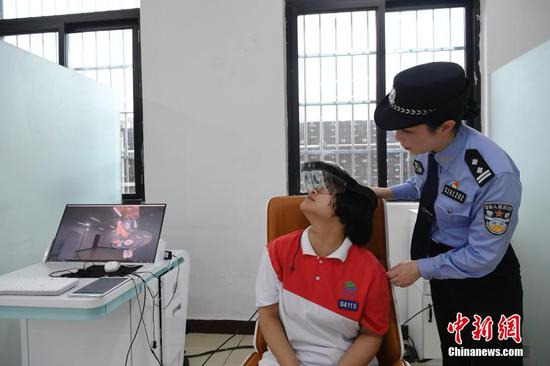The central parity rate of the Chinese currency renminbi, or the yuan, hit a new low this year against the U.S. dollar Wednesday.
The yuan weakened 389 basis points to 6.5569 against the U.S. dollar Wednesday, according to the China Foreign Exchange Trade System.
E Yongjian, an analyst with Bank of Communications, attributed the weakening of the yuan mainly to a stronger U.S. dollar backed by U.S. economic recovery, the U.S. Federal Reserve's interest rates hike earlier this month, easing policies of European and Japanese central banks and risk aversion sparked by concerns over a worsening trade friction.
The yuan may face further devaluation pressure in a short term, but will be buoyed up by a basically stable economy and capital inflows following wider opening up of the financial market, according to the analyst.
"There is nothing to worry about," said Xu Wei, an analyst with Hongxin Securities, "as there is no basis for continued depreciation in the renminbi."
The resilience of Chinese economy will be supportive in keeping the currency relatively stable, analysts said.
In China's spot foreign exchange market, the yuan is allowed to rise or fall by 2 percent from the central parity rate each trading day.
The central parity rate of the yuan against the U.S. dollar is based on a weighted average of prices offered by market makers before the opening of the interbank market each business day.




















































